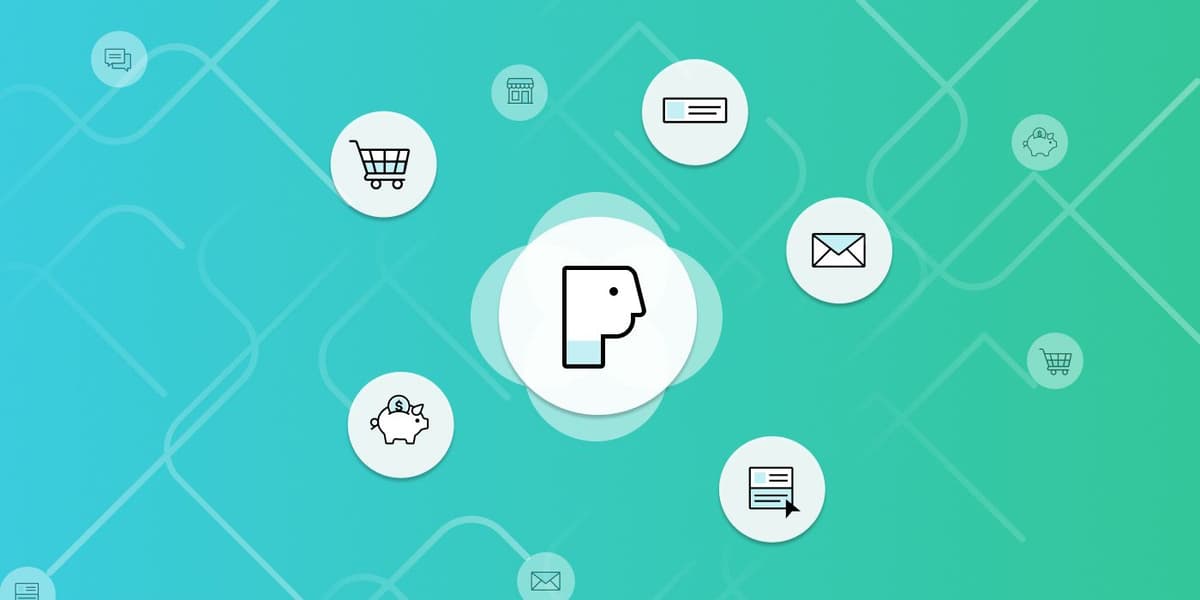Cross-Channel Promotional Outreach Is the Key to Retail Customer Engagement
Published on April 02, 2020/Last edited on April 02, 2020/5 min read


Team Braze
The late advertising thought leader and Ogilvy founder David Ogilvy once said, “I do not regard advertising as entertainment or an art form but as a medium of information.” He believed that effectively communicating with consumers was the best way to get—and keep—them interested in your brand. That’s as true today as it was then. What’s changed is the communications tools and channels available to marketers.
In today’s fast-moving, mobile-first business landscape, direct-to-consumer messaging channels like email, push notifications, and in-app messages play an increasingly big role in supporting retail brands’ promotional efforts. While traditional and digital ads can still help brands get in front of current and potential customers, the impact of digital messaging channels is hard to overstate—in fact, research conducted by Braze has found that taking a cross-channel approach to messaging can increase user engagement by up to 844%.
To help retailers make the most of their cross-channel customer engagement efforts, we’ve put together three key tips to keep in mind:
1. Give Customers the Information They Want
As Ogilvy suggested, customer engagement is all about finding ways to provide useful, actionable information to consumers. And in today’s world, doing that successfully usually means leveraging marketing technologies in thoughtful ways.
Is your brand having a sale? Offering a giveaway? Opening a new store location? These sorts of events are exactly the kind of information likely to be of interest to customers who have asked to receive updates from your brand. The value customers receive in responding to each message—receiving a discount, having the chance to obtain a freebie, shopping at a store that’s more convenient to work or home—can generate significant engagement that, in turn, can help to drive ROI and long-term customer loyalty. The key is to know what your customers re likely to care about and then take steps to ensure they’re kept up to speed on those topics.
One great way to make that happen is with a thoughtful data collection strategy. Your customers are telling you who they are and what they value every day through the way they engage—or don’t—with your brand and its messages. By thinking through what actions you want your customers to take in order to build stronger relationships with your brand and then adjusting the messages you send based on their behavior and preferences, you can see stronger sales and provide an experience that keeps your shoppers coming back.
2. Every Message Does Better with a Personal Touch
Telling a loyal customer about a new sale you’re offering can seem like a no-brainer—but informing a loyal customer who happens to be a childless adult about a sale on kids shoes is probably only going to inspire them to scratch their head.
When you’re building out your customer engagement strategy, it’s important to take the data that’s at your disposal and use it to provide shoppers with promotional content that’s targeted and relevant to their specific interests and needs. By using message personalization tools like Liquid templating and dynamic content, it’s possible for retailers to pull in information about items customers have recently browsed into emails or push notifications or segment the messages that shoppers are receiving based on their location, the amount of items in their digital shopping cart, and more.
The upshot? You can drive more engagement by more satisfied customers and do it in a seamless, automated way.
3. Engage with Customers Wherever They Are
While it’s important to make sure that your brand is sending shoppers messages that are relevant to their interests and needs, it’s just as important to ensure that your marketing strategy is designed to reach them where they are. For most consumers, that means taking advantage of a cross-channel messaging strategy.
Imagine that your brand just received a shipment of hats and you’re eager to get your customer base buzzing about them. Back in the day, you might have put up some billboards or put out a newspaper circular and called it a day. Today, though, there are a lot of other approaches at your disposal. For instance, you might target people actively browsing your website with an in-browser message letting them know about your new item—then follow up the next day with a personalized email to customers who have previously purchased similar items. At the same time, you could create a push notification and in-app messaging campaign designed to reach likely buyers who have your brand’s mobile app downloaded, ensuring that all your key bases are covered.
As you begin building out cross-channel promotional campaigns, you’ll likely find that some subsets of your audience will engage more avidly with one channel over others—or shun particular channels. Those sorts of insights are a big asset, because they make it possible to use audience segmentation to target shoppers more effectively with messages that speak to them in the channels that they prefer.
Final Thoughts
Effective customer engagement is built around putting the customers—and their needs, wants, and preferences—first. By taking advantage of thoughtful data collection, message personalization, and building out cross-channel campaigns that will reach your audience where they are, you’re making it easier for your promotional efforts to catch their attention and translate into concrete ROI for your business.
To learn more about how cross-channel engagement can drive stronger engagement, check out the Braze Cross-Channel Data Report.
Related Tags
Be Absolutely Engaging.™
Sign up for regular updates from Braze.
Related Content
View the Blog
The new inbox reality: How iOS changes are reshaping email marketing

Aparna Prasad

Experience optimization: Turning data insights into better journeys

Team Braze

December 2025 Bonfire Marketer of the Month: Jagex’s Emma Oliver
